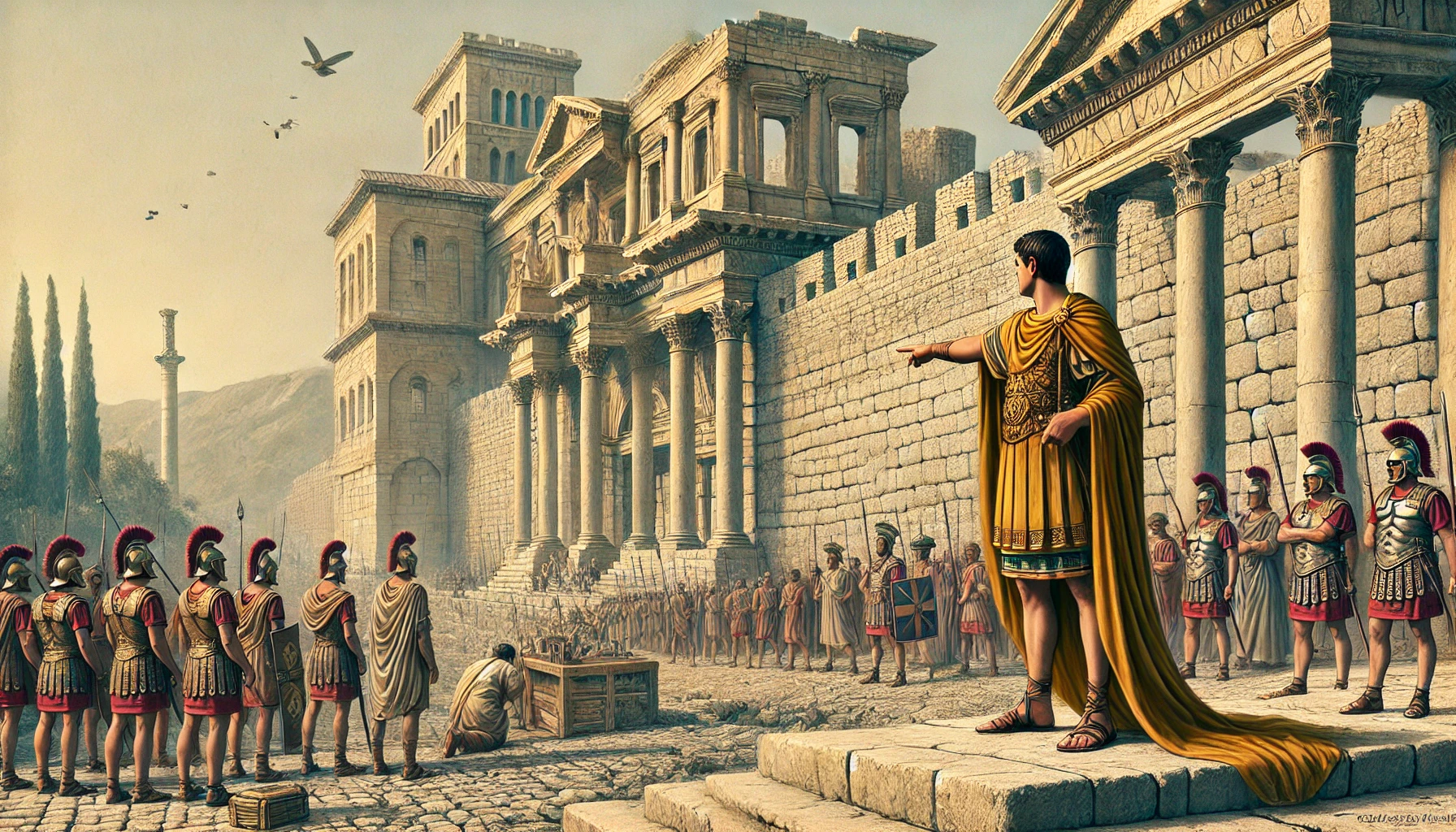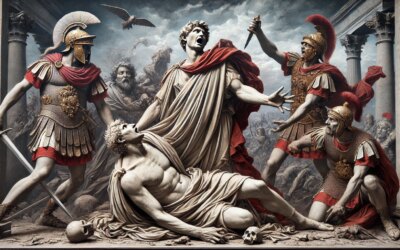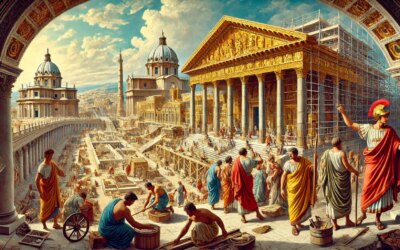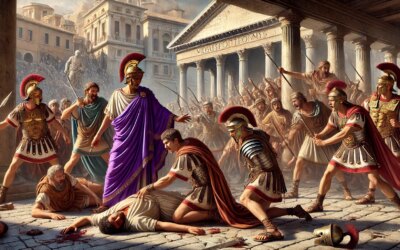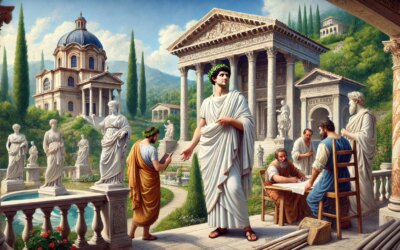The Emperor Who Rebuilt the Empire—and Then Walked Away
By the late 3rd century AD, the Roman Empire was teetering on the brink of collapse. Civil wars, economic chaos, and external invasions plagued the state. Into this turmoil stepped Gaius Aurelius Valerius Diocletianus—better known as Emperor Diocletian. Rising from humble origins, Diocletian seized power in 284 AD and initiated sweeping reforms that restored a semblance of order and stability to the crumbling empire. Yet, in an unprecedented act, he would eventually relinquish his imperial crown and retire—not to Rome, but to the shores of the Adriatic Sea, where he would build one of the most remarkable architectural achievements of the late Roman world: Diocletian’s Palace in Split, modern-day Croatia.
A Palace Unlike Any Other
Diocletian’s Palace wasn’t just a lavish retreat. Constructed between 295 and 305 AD, it was a hybrid of imperial villa, fortress, and religious sanctuary. Built with locally sourced limestone and marble from Brač Island, and adorned with Egyptian granite columns and sphinxes imported from the Nile, the palace was meant to be both functional and symbolic. It represented power, permanence, and divine favor—the very themes Diocletian had emphasized throughout his rule.
The site selected for the palace was the bay of Aspalathos (modern Split), strategically positioned along a sheltered coastline. It provided access to maritime routes, proximity to Diocletian’s birthplace in Dalmatia, and most importantly, seclusion from the political turbulence of Rome and Constantinople.
Architectural Innovation and Imperial Grandeur
The palace complex spanned approximately 30,000 square meters and followed a rectangular plan with massive fortified walls, towers, and gates on all four sides. It reflected a transition between traditional Roman architecture and what would eventually become medieval fortification design.
Key features included:
- The Peristyle: A central courtyard lined with Corinthian columns, serving as the heart of the palace and connecting the imperial apartments with the temples and mausoleum.
- The Golden Gate (Porta Aurea): The grand northern entrance, decorated with niches and statuary.
- The Mausoleum of Diocletian: An octagonal structure capped with a dome, reflecting Diocletian’s view of himself as a living deity. Ironically, it would later be converted into a Christian cathedral.
- Temple of Jupiter: A temple dedicated to the chief Roman god, underscoring Diocletian’s identity as a son of Jupiter.
Diocletian, who had styled himself as dominus et deus (“lord and god”), ensured that his retirement home was infused with imperial iconography. The palace’s design blurred the line between palace and fortress, projecting strength while ensuring comfort and privacy.
Retirement in Style
On May 1, 305 AD, Diocletian shocked the world by voluntarily stepping down from the imperial throne—something no Roman emperor had ever done. He retired to Split and lived in the palace he had built, tending to his gardens and reportedly enjoying a life of philosophical reflection. When political instability later threatened the empire, Diocletian was invited to return to power, but he declined, allegedly saying, “If you could show the cabbage I planted with my own hands to your emperor, he definitely wouldn’t dare suggest I replace the peace and happiness of this place with the storms of a never-satisfied greed.”
His decision to retire peacefully was a revolutionary act in Roman imperial history and one that set a precedent, though rarely followed, for centuries to come.
The Palace Through the Ages
After Diocletian’s death in 312 AD, the palace continued to serve various purposes. In the 7th century, when nearby Salona was destroyed by Avars and Slavs, the displaced citizens took refuge within the fortified palace walls. Over time, the complex evolved into a medieval city, and what was once the emperor’s residence became the heart of Split.
Today, Diocletian’s Palace is not a ruin in the traditional sense. Rather, it is a living urban center where shops, homes, restaurants, and churches coexist amid the ancient Roman architecture. The Cathedral of Saint Domnius, housed in the former mausoleum, is considered the oldest Catholic cathedral in the world that remains in use in its original structure.
An Imperial Legacy Carved in Stone
Diocletian’s legacy is complex. He was a ruthless enforcer of the Tetrarchy, instigator of the empire’s last and greatest persecution of Christians, and a man who saw himself as a god on earth. Yet he was also a skilled administrator who brought stability to a fractured realm and a visionary who imagined a post-imperial life long before such a notion was conceivable.
His palace at Split remains a powerful symbol of that vision—a place where Roman engineering, imperial ideology, and personal retreat converged. It is one of the best-preserved monuments of Roman architecture and a UNESCO World Heritage Site since 1979. Visitors walking through the Peristyle or touching the ancient stones of the Golden Gate are still, in a sense, stepping into the world of one of Rome’s most enigmatic and transformative emperors.
Echoes of an Emperor’s Dream
In the quiet courtyards and subterranean chambers of Diocletian’s Palace, time has preserved more than stone. It has preserved the story of a man who dared to end his reign on his own terms. The complex, with its blend of military might and contemplative peace, stands as a unique relic of a time when emperors could change the course of history—and then disappear from it, voluntarily, leaving behind not just legends but lasting monuments carved from ambition and limestone.

